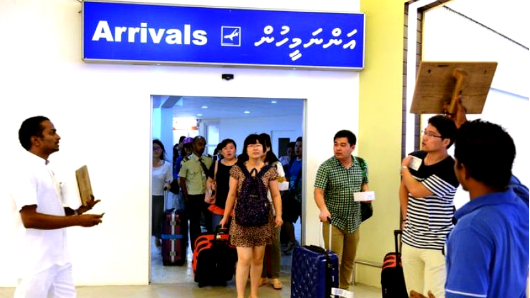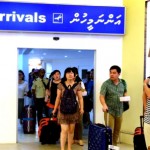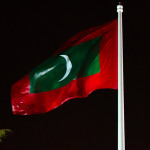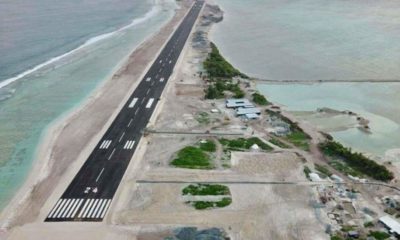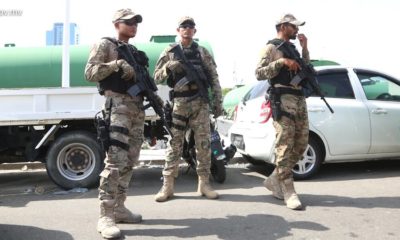Tourist arrivals to the Maldives registered a marginal increase in November despite a short-lived state of emergency. But the occupancy rate at resorts continues to fall as tourists are spending less time in the Maldives.
A total of 1.1 million tourists have visited the Maldives so far this year, representing a 1.3 percent growth from the previous year. Arrivals reached 90,218 in November, up 0.5 percent from the same period last year.
The occupancy rate at resorts fell six percent in November to 68.7 percent, but the occupancy rate at guesthouse rose 11.6 percent during the month. In contrast to resorts and hotels, guesthouse occupancy has risen to an average of 22.9 percent this year.
Resort occupancy has steadily declined this year with the exception of a marginal increase in February, falling on average from 81.6 percent in 2014 to 76.5 percent. This is because the average duration of stay also fell from 6.1 days to 5.7 days.
“Despite expecting the number of tourists visiting the Maldives to decline in November due to incidents occurring in the Maldives and across the world, tourist arrivals have increased in November,” the tourism ministry said in a statement.
President Abdulla Yameen’s declaration of an unprecedented 30-day nationwide state of emergency in early November – which was lifted just six days later – prompted concern from tour operators and industry insiders following bad press and bookings cancellations.
Despite citing threats to national security posed by missing weapons and explosives, the government had insisted that the Maldives was safe for tourists.
The tourism ministry noted that arrivals had increased substantially from the Maldives’ “traditional markets” such as Italy, UK, Germany, and Japan compared to the same period last year.
The number of tourists from Italy increased by 23.6 percent.
However, arrivals from China – currently the largest source market for the Maldives with a 30 percent market share – fell sharply by 19.7 percent. The tourism ministry attributed the fall to the suspension of direct charter flights from China.
As of November 2015, Chinese arrivals have now fallen by 0.6 percent in 2015 compared to last year.
Arrivals from France and Russia meanwhile fell by 19.1 percent and 29.8 percent, respectively, last month compared to November 2014.
The tourism ministry suggested that arrivals from France decreased to due last month’s terrorist attacks in Paris, whilst long-haul travel has declined in Russia following the weakening of the country’s economy.
After China, Germany is the second largest market with 8.6 percent, followed by the United Kingdom (7.5 percent), Italy (4.9 percent), and India (4 percent).
According to the tourism ministry, the number of registered tourist establishments stood at 564 at the end of November with 32,781 beds, including 112 resorts, 256 guesthouses, and 169 safari vessels.
After reaching a milestone of one million visitors in 2013, followed by 1.2 million visitors the following year, the government had set a target of 1.4 million tourist arrivals for 2015.
But Finance Minister Abdulla Jihad said in parliament last month that the figure is likely to reach 1.25 million by the end of the year. Jihad said the lower-than-expected arrivals growth was the main reason for slower economic growth this year.
The government has revised its forecast for economic growth from 8.5 percent to 4.8 percent.

